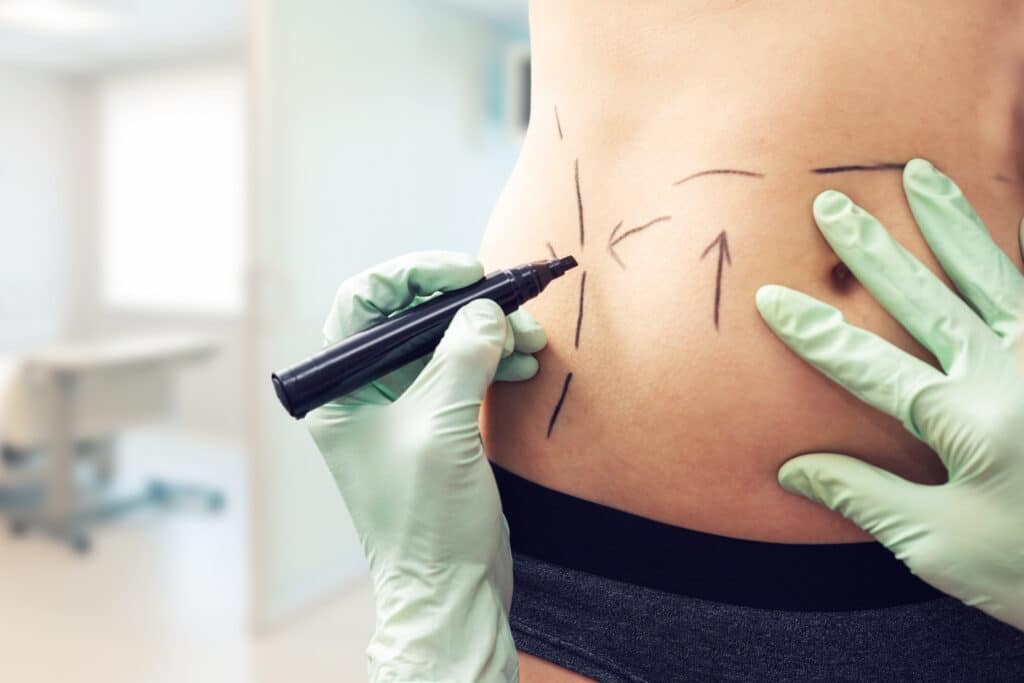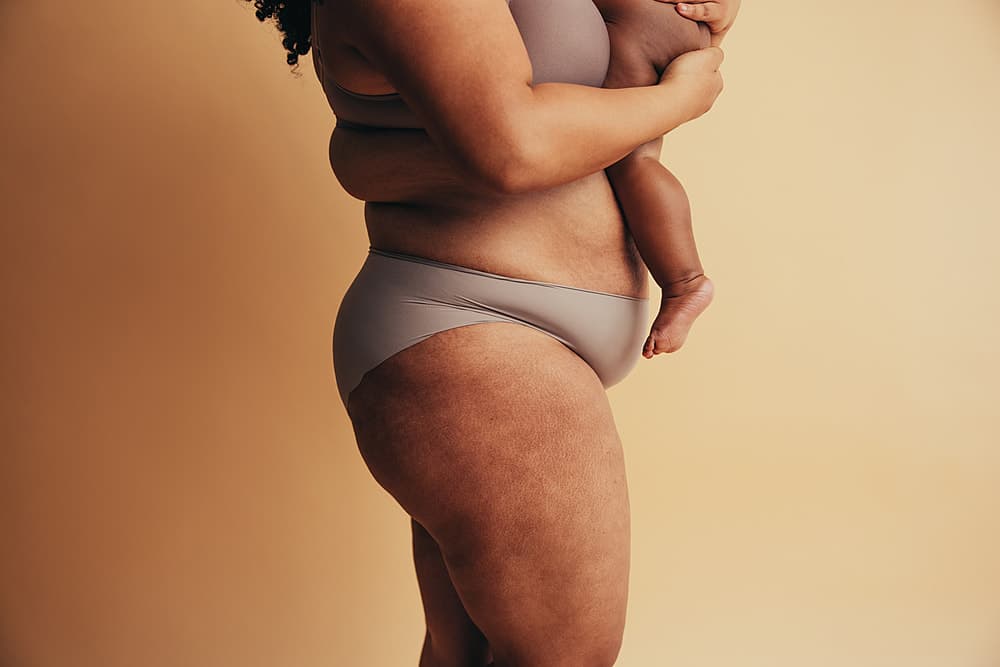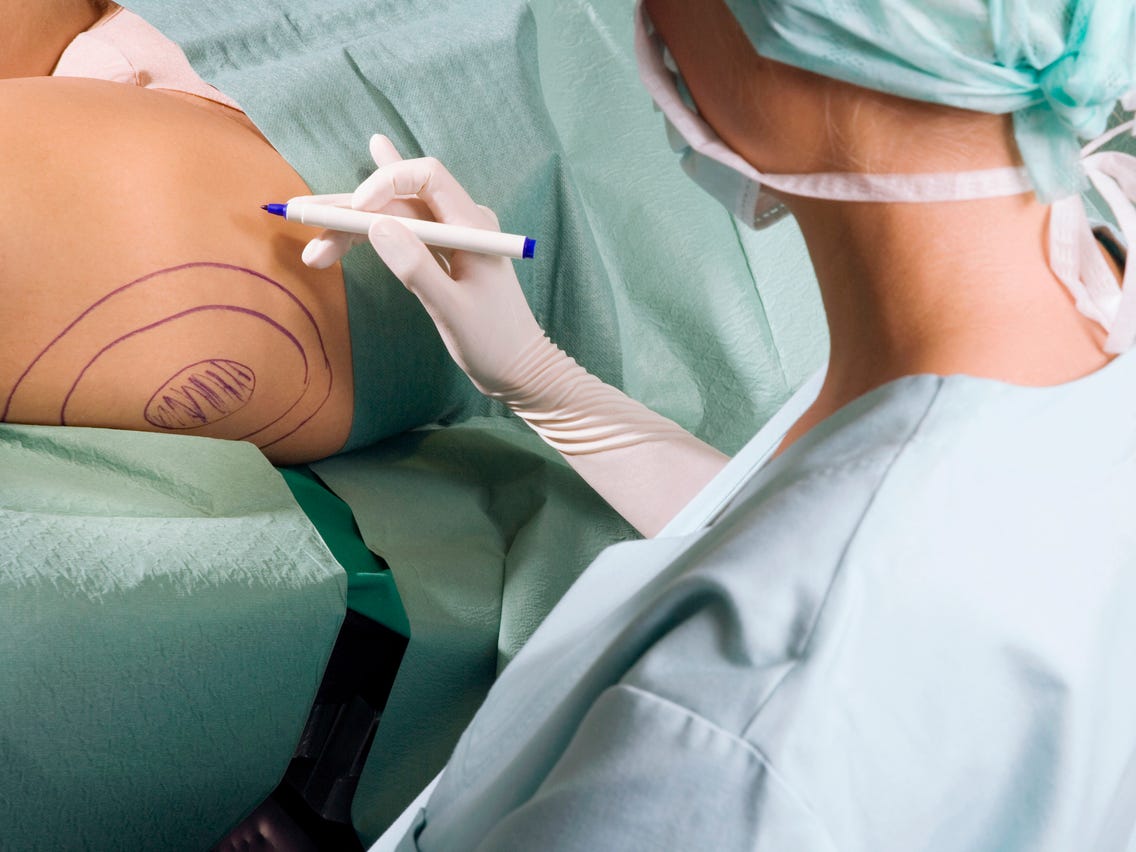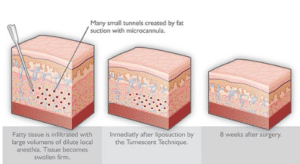
Should You Get Liposuction After Pregnancy?
- April 5, 2022


Liposuction’ is a world-famous term for body contouring that most, if not all, have heard of before! While it used to be something controversial, it no longer is and has in fact become a household name for anything related to removing fat from the body. Used from the young to the old, even Kim Kardashian added to its popularity after she defied her ex-husband’s orders and lost 17-pounds (that’s 7.7kg for all of us using the metric system) after her pregnancy by liposuction treatments. One reason why liposuction is often considered is because while diet and exercise, when performed correctly, can help in weight reduction, it may not be enough to reduce the disproportion between the upper and lower body. Stubborn areas of body fat can be frustrating, and even more so if your daily schedule doesn’t allow you to consistently exercise as it may be packed to the brim with taking care of your newborn, house chores, cooking, cleaning, and just keeping sane in general. One common question that we often get is whether liposuction after pregnancy is safe, and that question is what we will endeavour to answer in this article!
Firstly, to understand whether something is safe or not, we have to really get to know what that particular procedure is.

A little history – the first known medical procedure most similar to the liposuction that we know of today actually began in 1972, where a German physician named Schrudde used a uterine curette to extract fat from the leg, gaining access through a small incision. This was followed by a revision of this technique in later years where the cutting curette was connected to a low-power aspirator to suck fat out. In 1977, two Parisian surgeons named Illouz and Fournier refined the liposuction procedure by injecting a saline solution first into the targeted areas before introducing different sizes of blunt cannulas depending on the area to be aspirated. Their refinement of the technique greatly improved outcomes, reduced the risk of nerve or lymphatic damage, as well as the risk of increased bleeding. In the 1980s, American doctors eliminated the need for general anaesthesia during liposuction by the use of local anaesthesia. Eventually, in the 1990s, ultrasound and laser techniques were developed to liquefy fat so that it could be removed easily with minimal complications.
Currently, tumescent liposuction techniques use a technique that involves:

The injection of a specialised solution called ‘tumescent fluid’ which improves the safety of the liposuction procedure. This solution includes lidocaine, epinephrine, and sodium bicarbonate which helps in pain control, vasoconstriction of blood vessels that helps to minimise blood loss, and also to produce an environment that is slightly alkaline. This helps to improve the entry of lidocaine into nerve cells, and also to make the surgical environment more ‘cell friendly’, which helps to maintain the health of the fat cells in the event that a fat transfer is wanted to other regions (similar to an autologous fat transfer).
This injection causes the targeted area to become swollen and firm after the tissues have fully absorbed the solution. Next, small incisions are made in the skin with a micro-cannula. Each incision is usually around 1-3mm in length.
Fat aspiration begins where the fat along with the solution are sucked up via a tube, or a cannula. Once this is finished, compression bandages are applied around the treatment area to help to reduce the risk of bleeding, swelling, and to improve recovery. Unlike traditional liposuction, no sutures are needed to close up the small incisions.
Compared to traditional liposuction surgery that may take weeks to recover, modern liposuction treatments in Singapore usually require a couple of days for recovery, although some people opt to return to work the very next day!
Yes, liposuction after pregnancy is possible and safe. However, there are several factors to consider before getting liposuction after pregnancy.
For some women who experience a Caesarean birth, the incisions made through the stomach muscles and connective tissues can make recovery a longer process. This may influence the duration of recovery before liposuction is a viable option, compared to a complication-free vaginal birth.
For a complication-free birth, most doctors would recommend a period of 3 to 4 months after giving birth to allow for the body to recover fully before undergoing liposuction. Some individuals may need a longer period of time, such as 6 to 9 months. This depends on your individual birth journey and whether your physical body has had enough time to recuperate.
Individuals may choose to wait until they finish having children before deciding on liposuction, as each pregnancy and changes to the body can be different. Getting liposuction too early on may require a person to undergo the procedure again in the future due to potential weight gain after multiple pregnancies.
A postpartum woman can consider other non-invasive and non-surgical alternatives for body sculpting and toning! This includes procedures that use ultrasound waves, such as high-intensity focused ultrasound energy (HIFU) to destroy fat cells in the target areas which are then removed naturally through the body’s lymphatic system as waste products, such as Liposonix treatments. Other treatments that utilise laser energy instead can also help to tone up the tissues in the body as their heating properties stimulate collagen cells within the deep skin layers, which encourages regeneration, such as the the Fotona TightSculpting Lipo technique.
Done in the right areas, it can help to create a slimmer appearance and shape the body into a more hourglass figure.
Postpartum life can equally be full of joy and tears. Taking care of your young one and complete family is fulfilling, but only if you are also able to take care of your own wellbeing throughout the whole journey too. And while some people judge it as being superficial, taking care of your physical wellbeing is a form of self-care and can go a long way in boosting your self-confidence and overall wellness! Here at SL Aesthetic Clinic, our professional and friendly doctors understand this fact well, and are ever ready to help you on your journey to achieving your postpartum goals. Contact us today to get a consultation on the range of treatments available for your individual needs.
Like what you read? Share them!